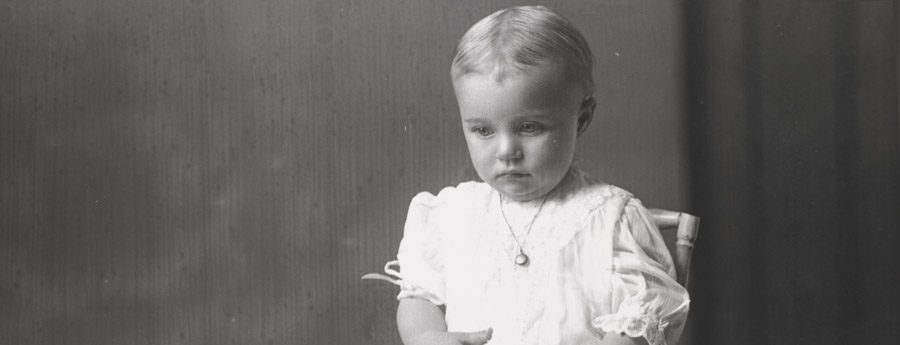Who is Grace Hubley?
Born in Pennsylvania in 1877 and raised in Colfax, California, Grace Hubley was a fine arts photographer in San Francisco in the early 1900’s.
She exhibited her photographs in many exhibitions but lost all her work during the 1906 San Francisco earthquake and fire. An article in Camera Craft reports: “…Grace Hubley, and a number who have been prominent in both local and Eastern exhibitions, saved little or nothing from the flames.” Fayette J. Clute, editor.
Her budding career in photography was all but destroyed. Apparently undaunted by the loss, she enrolled in San Francisco’s Artist School of Photography in 1907.
She was listed among the best women photographers on the West Coast.
At the age of 39 she married Frank R. Jones in St. Peter’s Episcopal Church, San Francisco. She moved to Sacramento where Frank, a railroad man, was working and opened a portrait studio there. Evidently a popular and well-thought-of-portraitist, Hubley attracted as customers some of the then prominent Sacramento families such as the Breuners and the McClatchys.
In 1918 Grace inherited the Hubley House and she and Frank moved into it. Frank became the Colfax railroad station master and Grace continued on with her photography work.
Her collection of 8,500 glass negatives was stored in the Hubley House until they were brought to the wider attention of the community by Gertrude Paul in 1989.
“The story of the re-discovery of photographer Grace Hubley Jones and her works reads like a Nancy Drew mystery in which the heroine is Colfax Area Historical Society founder Gertrude Paul. Happily going about her business in 1989, Paul stumbled onto a cache of Jones’ turn-of-the-century glass negatives. Since then, she has intrepidly, doggedly, followed a trail of clues, dug into old records, consulted authorities, visited relevant sites, liked bits of data, uncovering little by little the details of Jones’ life and the importance of her work. She has unearthed, literally, a local historical treasure.
“The advantage of this find holds great interest for the community,” say Peter Palmquist, scholar and author of more than 40 books on photography. “Jones is one of a comparatively small number of California women active in photography before 1920, one of a small cluster of those interested in photography as art who then developed a photography business. Most of her early, experimental work is missing, but we’re fortunate that some of her later, commercial work as a society photographer has been recovered.”
Enter amateur detective Gertrude Paul. Through the years, going to and from her home just outside of town, Paul had often passed the Hubley House. Curious about the old Victorian, she stopped by a yard sale being there one day and was invited in. On a wall the renter Nancy Botta, an art photographer herself, had printed from glass negatives she found under the house. When Nancy told her there were many more negatives on the premises, boxes and boxes, Paul was riveted.
“I’ve been an artist and photographer,” she says. “As soon as I saw the negatives, I thought they should be preserved.”
Paul flew into action. She learned the Hubley House owners names, Warren and Ruth Hill, approached them and asked if they would consider donating the collection to the Colfax Area Historical Society. They agreed.
With Palmquist’s help, the historical society has proposed a 10-year timetable for action on the “Grace Hubley Jones Project.” The plan calls for members to clean, county, categorize, number, and properly store the negatives, and make prints of all good-condition negatives (volunteers James Mulligan and Ken Fletcher have been doing this work); seek a grant to fund a comuterized catalogue and cross-reference of the entire collection; produce as a tribute and preservation fund-raiser, a 120-page monograph on Jones including a portfolio of selected images, and, of course, to complete, to the best of their ability, biographical research concerning Grace Hubley’s life, a task Paul will enthusiastically continue to shoulder.
“I feel I’ve gotten to know her”, Paul says. I feel I’ve been able to bring her to life. She’s not here, but her life’s work is here — the hundreds of people she took pictures of. She put part of herself in each photo, and because of her I’m able to know these people, to see their personalities. She was an art photographer. Her art is what she put into it. It would be nice if this happened to all of us, that what we do will live on into the future.”
Excerpts from Arts Council of Placer County Perspectives, July/August 1998 and Women Photographers and Women in California Photography, books authored by Peter Palmquist.
Photo Credit: Grace Hubley
Grace Hubley
Grace Hubley Foundation
24820 Ben Taylor
Colfax, CA 95713

